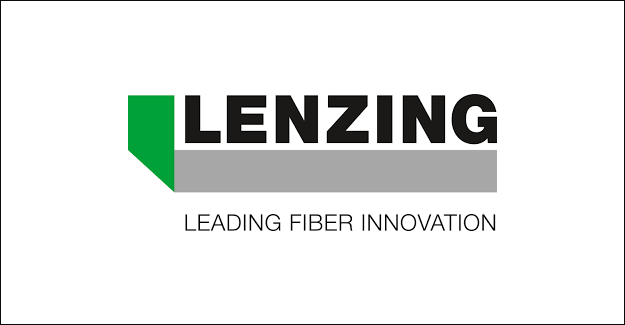Lenzing Bats For Taking Sustainability To New Levels
Lenzing Bats For Taking Sustainability To New Levels

The Lenzing Group recently published its current Sustainability Report 2017 on March 21, 2018, which was International Forest Day. The report underlines the successful efforts of the Lenzing Group in its role as one of the sustainability leaders in the wood-based cellulose fiber sector to make an important contribution to eco-friendly management along the entire value chain of the textile and nonwovens industry.
“Climate protection and thus the preservation of forests as carbon sinks storing CO2 are two key issues with respect to societal acceptance of the textile and nonwovens industry. In recent years we have contributed to a positive shift in awareness in the industry thanks to our exemplary wood procurement policy based on sustainability principles”, said Stefan Doboczky, CEO of the Lenzing Group on the occasion of the presentation of the new Sustainability Report 2017.
Lenzing proactively supports the improvement of the condition and biodiversity of global forests. LENZING™ fibers derived from sustainable forest management make a global contribution to climate protection due to the storage of carbon dioxide in growing forests but even more by the replacement of less climate-friendly materials made of fossil fuels.
Today the Lenzing Group is already one of the leading companies in the circular economy and with respect to eco-conscious process management in its industry. Now Lenzing has decided to take a major step forward in meeting its high standards by implementing a further substantial reduction of specific emissions by the year 2022. A specially designed eco-investment program will be implemented for this purpose. The Lenzing Group aims to have the EU Ecolabel granted for all its production sites.
A further goal of the company is to evaluate the sustainability scorecard of 80 percent of its most important suppliers by 2022.



 textileexcellence
textileexcellence 







